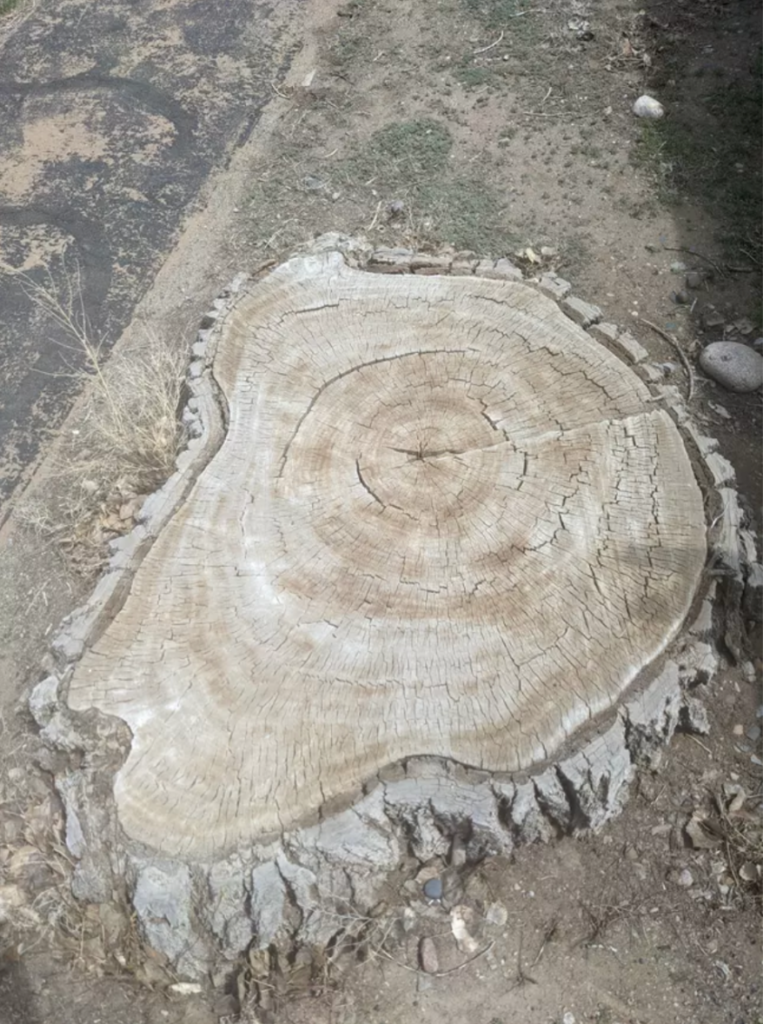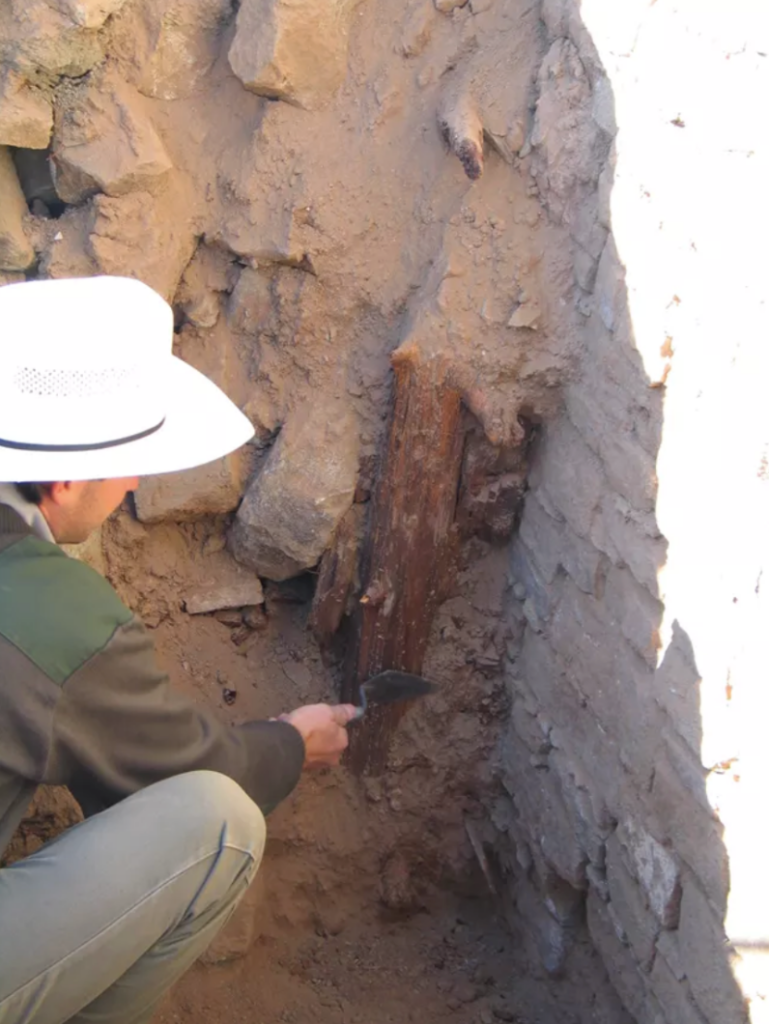Dendrology, or the study of growth tree rings, is widely used to create chronological records to date artifacts. These rings tell us a life story about the tree, like season-long weather patterns or climate change. Developed by American astronomer A.E. Douglass in the early 1900s, dendrology has evolved to have two uses. It is used “as a successful means of calibrating or correcting radiocarbon uses and as an independent method of absolute dating in its own right” (Renfrew and Paul, 1996).
At first glance, the process may seem straightforward. Counting the rings on the stump of a tree gives the annual growth, like barcodes containing information about the entirety of the tree’s past. These rings, varying in width and character, give valuable insights to dendrologists about sunlight exposure, temperature fluctuations, and the availability of nourishment throughout a tree’s lifetime. Dendrologists can use this information to create a bigger picture of the regional climate. Often referred to as cross-dating, scientists are able to build a chronology from living trees, dead trees, and ancient wood that can date back hundreds or thousands of years.

Dendrologists studied the buildings of the Aztec Ruins to delve deeper into the way of life of the Pueblos who once lived there. They examined the outermost ring of the tree beams used to build structures like roofs. These outermost rings, representing the year the tree was cut, synchronize with the era when the wood was used for construction. By connecting the timeline of the cuts, dendrologists are able to gather more information about when the area was inhabited. Since beams were continually breaking when the Pueblos were living at the Aztec Ruins, people were constantly replacing the beams. As beams continuously broke and were replaced, dendrologists identified the final beam replacement to be 1269, marking the anticipated time the Pueblo people abandoned the Ruins.
The ring patterns give more information than solely when the Aztec Ruins were inhabited. Dendrologists are able to learn the seasons the ancestral Pueblo people harvested their wood. They found that “Harvesting actually took place during the early spring of 1119 AD, before most trees had begun to produce a layer that would correspond to the year 1119 AD (National Park Service).” The early spring harvest was strategically timed to avoid the flow of sap, ensuring the strength and durability of the support beams as trees with sap are less stable.

The width of the tree itself provides historical climate data. The tree stumps show that the ancestral Pueblo people have weathered many droughts, and the dendrologists were able to identify the time periods these droughts occurred. By understanding the timing of extreme weather patterns, dendrologists can map out when the Pueblo people migrated to other places to seek out a more abundant water source.
Often looked past, trees have the ability to be storytellers that give us a glimpse into the past. Because of dendrology, people are able to make more sense of the world, unlocking various narratives that we often see in textbooks today.
Further Research Links
Dendrology and the Aztecs
http://npshistory.com/brochures/azru/dendrochronology.pdf
Tree rings and Earth’s past climate
https://climate.nasa.gov/news/2540/tree-rings-provide-snapshots-of-earths-past-climate/
Works Cited
Geerdt Magiels. “What tree rings and core samples tell us about our world. the low countries.” The Low Countries. 2020, November 19. https://www.the-low-countries.com/article/what-tree-rings-and-core-samples-tell-us-about-our-world#:~:text=The%20oldest%20known%20living%20tree,you%20can%20easily%20read%20them
Koppes, Steve, and Louise Lerner. “Carbon-14 Dating, Explained.” University of Chicago News. n.d. https://news.uchicago.edu/explainer/what-is-carbon-14-dating.
National Park Service. “Dendrochronology”. NPS History. 2022, September 17. http://npshistory.com/brochures/azru/dendrochronology.pdf
Renfrew, Colin, 1937- and Paul G. Bahn. 1996. Archaeology: Theories, Methods, and Practice. London, Thames and Hudson.

“The width of the tree itself provides historical climate data. The tree stumps show that the ancestral Pueblo people have weathered many droughts.” — What were some tree ring traits that indicated a distinct climate pattern, and how? Do these help in comprehending the Pueblo people’s abandonment of the site?
The variance in tree ring width reflects annual growth affected by climate. Wider rings signal good conditions like more rain or milder weather, while narrow rings indicate tougher times like droughts. For the Pueblo, narrow rings often point towards long dry spells. Understanding these fluctuations in tree ring width helps grasp how prolonged droughts might’ve declined their ability to find resources, likely forcing them to leave this site to find one with a more stable climate.